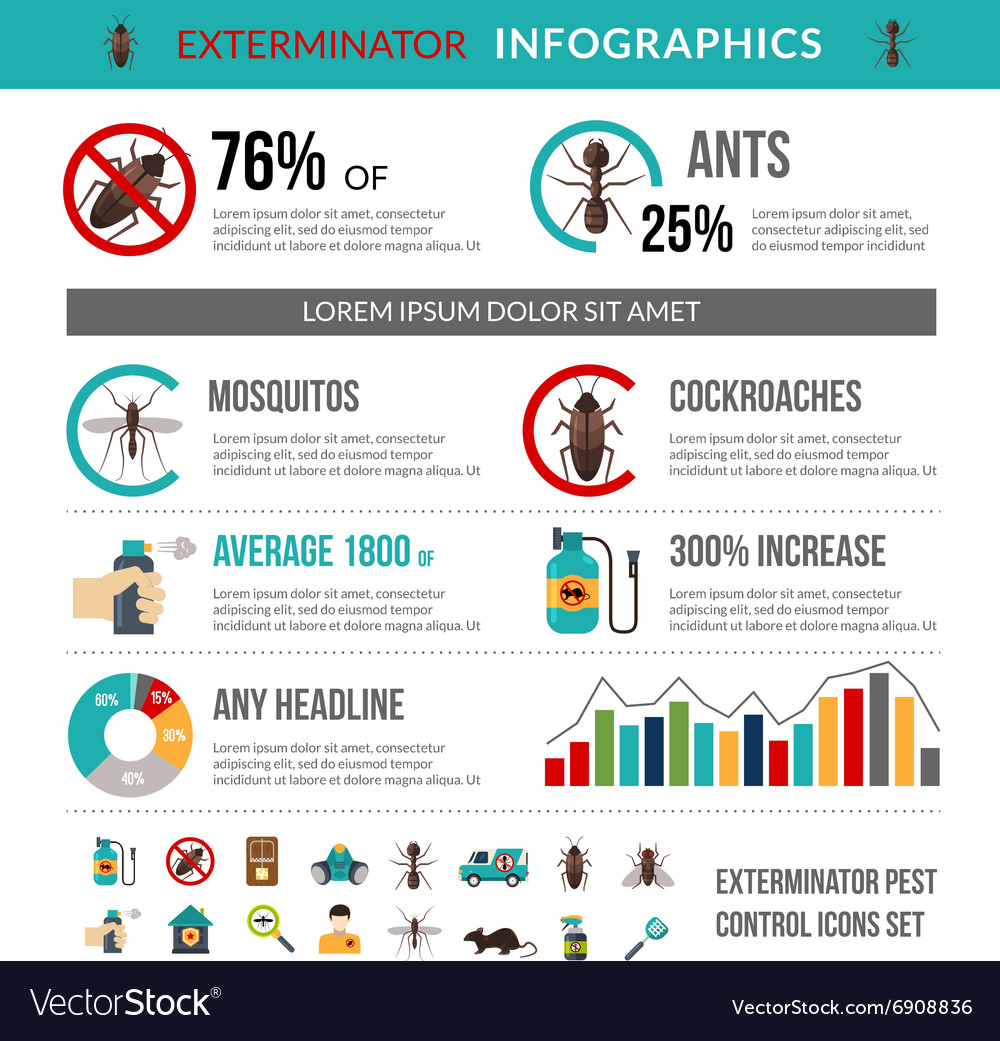Visualize your attic room as a relaxing Airbnb for rodents, with insulation as fluffy as resort pillows and electrical wiring more tempting than area service. Now, envision these undesirable guests throwing a wild celebration in your house while you're away. As a house owner, ensuring your attic is rodent-proof is not just about satisfaction; it's about protecting your residential or commercial property and liked ones. So, what easy steps can you require to guard your sanctuary from these hairy trespassers?
Examine for Entry Points
To begin rodent-proofing your attic, evaluate for entrance factors. Start by very carefully taking a look at the outside of your home, looking for any type of openings that rats might utilize to get to your attic. Look for spaces around utility lines, vents, and pipelines, along with any kind of splits or holes in the foundation or exterior siding. Make certain to pay very close attention to areas where various building materials fulfill, as these are common entry factors for rats.
Additionally, inspect the roofing system for any kind of damaged or missing out on tiles, along with any spaces around the sides where rats might squeeze via. Inside the attic room, look for indications of existing rodent task such as droppings, ate cables, or nesting products. Use st. louis pest control to completely inspect dark corners and hidden spaces.
Seal Cracks and Gaps
Evaluate your attic room completely for any fractures and gaps that need to be sealed to stop rats from entering. Rats can press through also the tiniest openings, so it's crucial to seal any possible entry points. Examine around pipes, vents, wires, and where the wall surfaces satisfy the roofing system. Use a combination of steel woollen and caulking to seal these openings effectively. Steel woollen is a superb deterrent as rodents can't eat via it. Guarantee that all spaces are securely sealed to deny access to undesirable bugs.
Do not overlook the importance of securing spaces around doors and windows also. Usage weather removing or door sweeps to secure these areas successfully. Inspect the areas where energy lines enter the attic and seal them off utilizing an appropriate sealer. By putting in pest control ratings near me to secure all splits and voids in your attic room, you develop a barrier that rodents will find challenging to breach. Avoidance is key in rodent-proofing your attic, so be thorough in your efforts to seal off any possible entrance factors.
Get Rid Of Food Resources
Take proactive actions to remove or save all possible food resources in your attic room to prevent rodents from infesting the room. Rodents are drawn in to food, so eliminating their food sources is critical in maintaining them out of your attic.
Here's what you can do:
1. ** Shop food safely **: Avoid leaving any food items in the attic. Store all food in closed containers constructed from metal or sturdy plastic to avoid rodents from accessing them.
2. ** Tidy up debris **: Remove any heaps of debris, such as old newspapers, cardboard boxes, or timber scraps, that rodents can use as nesting product or food sources. Keep the attic clutter-free to make it much less appealing to rats.
3. ** Dispose of rubbish correctly **: If you use your attic for storage and have garbage or waste up there, make certain to dispose of it frequently and properly. Rotting garbage can bring in rats, so keep the attic clean and free of any type of organic waste.
Final thought
In conclusion, remember that an ounce of prevention is worth a pound of remedy when it concerns rodent-proofing your attic.
By putting in the time to inspect for entry points, seal cracks and spaces, and eliminate food resources, you can keep undesirable pests at bay.
Remember, 'An ounce of prevention deserves a pound of cure' - Benjamin Franklin.
Keep positive and shield your home from rodent infestations.
